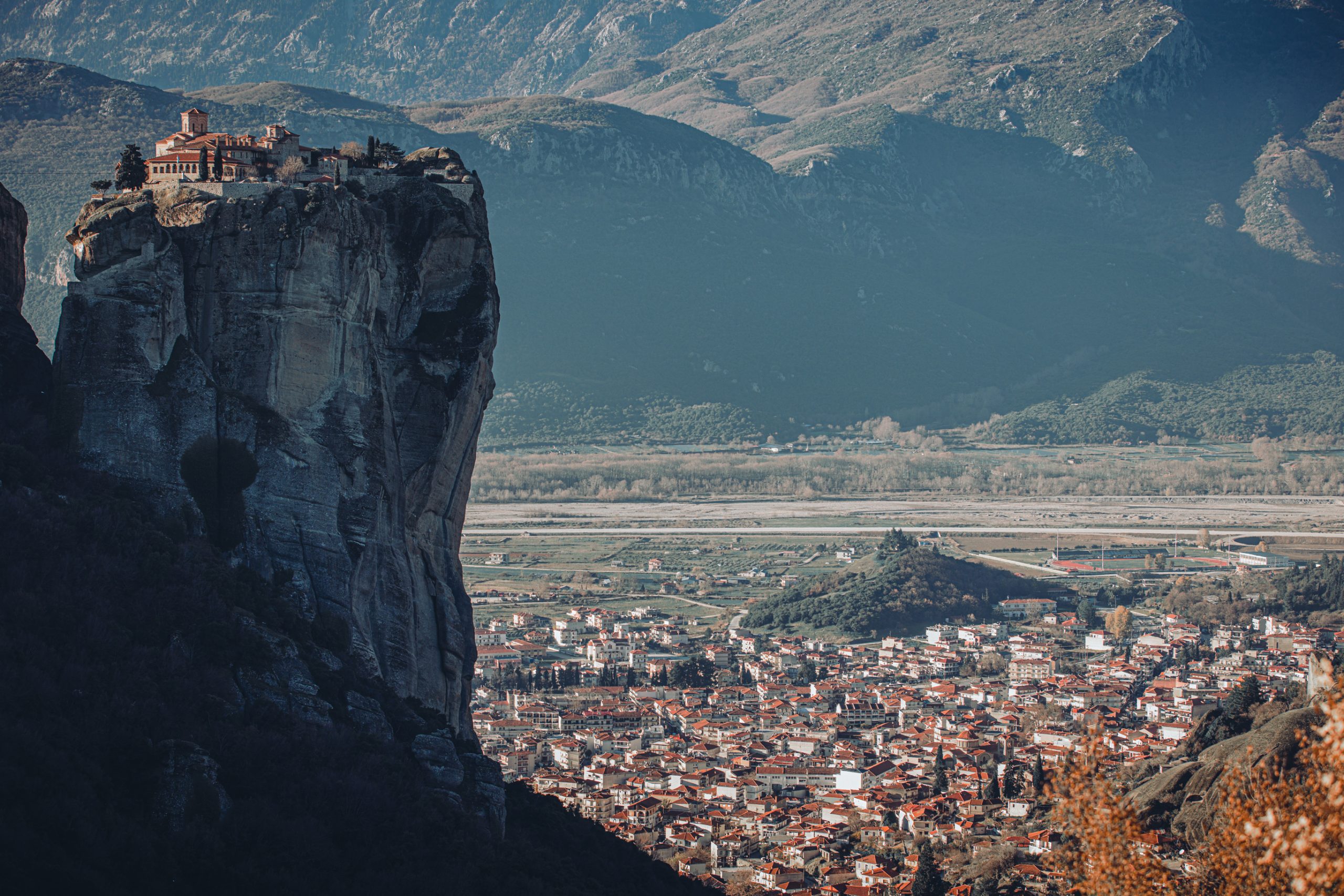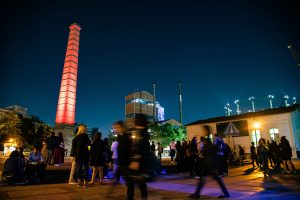Roughly 2.5 million tourists from around the world are estimated to visit Meteora each year, making it the second most popular travel destination in mainland Greece.
Meteora (which translates to ‘suspended in mid-air’) is a rock formation in the regional unit of Trikala, in Thessaly, in northwestern Greece. Six active Orthodox Christian monasteries remain standing at the peak of the formation from the 20 built at the start of the fourteenth century.
The large influx of tourists to the iconic site highlights the significance of promoting tourism to areas beyond the country’s more traditional destinations linked to the islands. As the mayor of Meteora, Lefteris Avramopoulos explained speaking to the Athens-Macedonian News Agency (AMNA), visitors mainly arrive from the USA, Northern and Southern European countries (Germany, Netherlands, France, Belgium, Italy, Spain), Asia (China, Korea, Japan), the Balkans (Serbia), and, before the war, from Israel, Russia, and Ukraine.
The mayor emphasized the religious aspect the area offers visitors, especially from the Balkan region and Russia due to the religious ties, attracting large numbers of tourists from these countries even in winter.
The mayor also highlights the unique and imposing rock formations which allures many nature lovers and spiritual travelers. The magnificent monasteries perched atop these rock pillars are UNESCO World Heritage Sites, while the unique stone formations create a breathtaking setting.
Regarding tourism trends in 2024, the mayor noted that arrivals are lower compared to last year attributing the decline to the Paris Olympics, global inflation, the escalation of military conflicts in Europe and the Eastern Mediterranean, and significant disruptions caused by the September floods, which have left the Paleofarsalos-Kalambaka rail line out of service.
In terms of how the local authorities plan to promote the destination even further, he said a comprehensive plan was being developed, which is hoped to drive growth in the wider region.
According to Mr. Avramopoulos, the biggest challenge is increasing overnight stays and expanding tourism across the region, while introducing new types of tourism such as ecological, geo-tourism, and cultural tourism.



